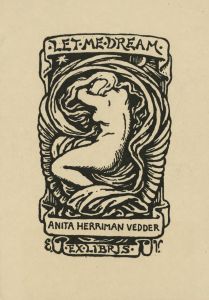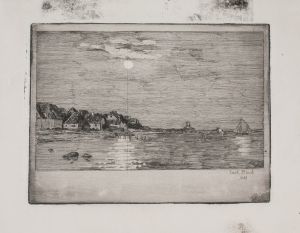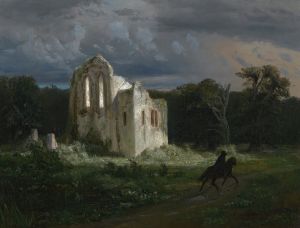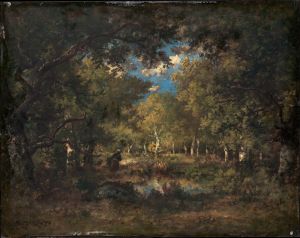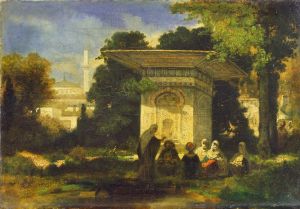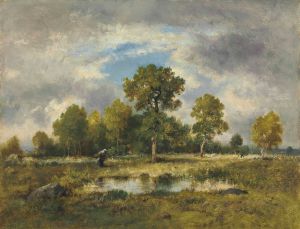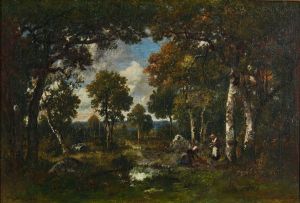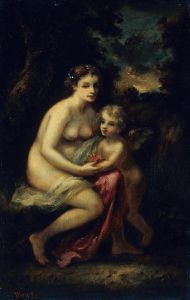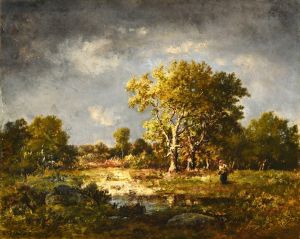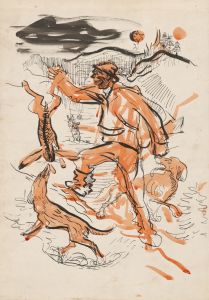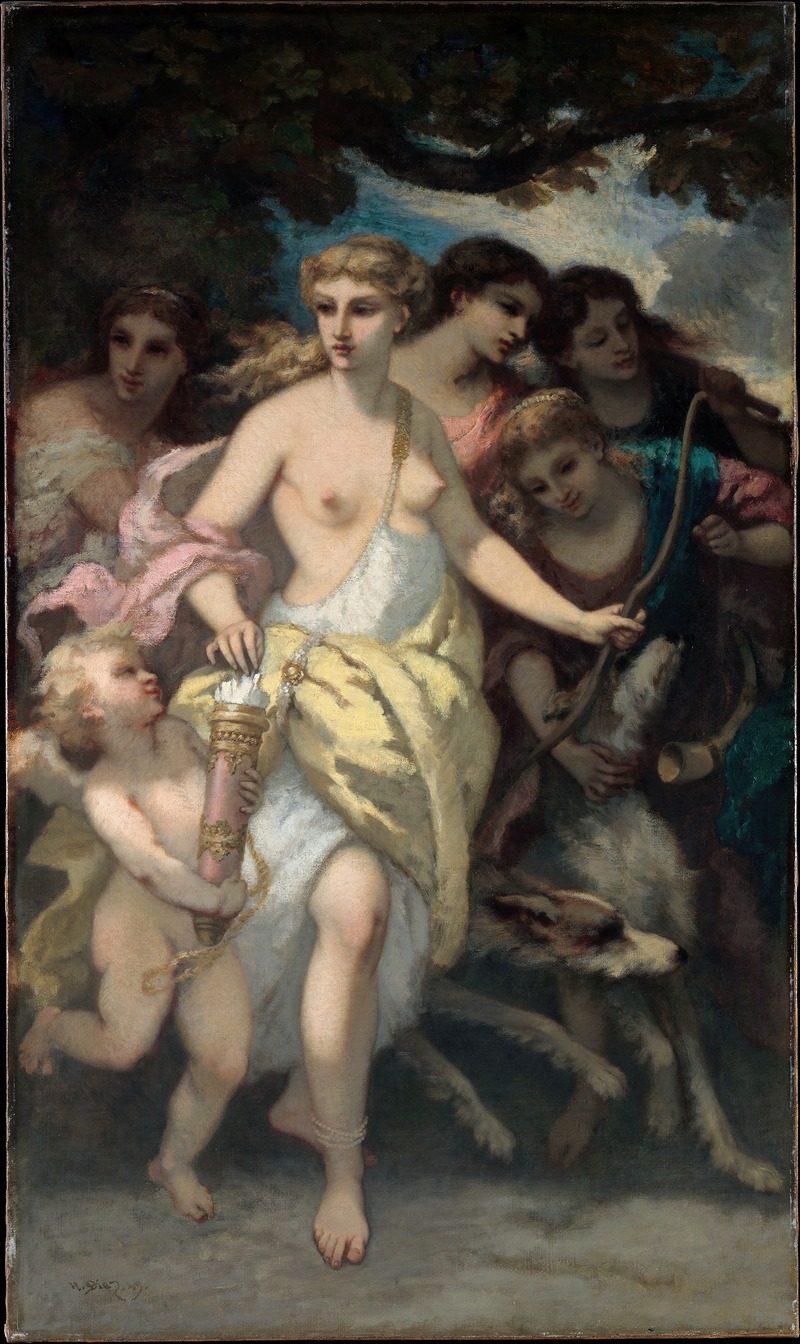
Diana
A hand-painted replica of Narcisse-Virgile Diaz de La Peña’s masterpiece Diana, meticulously crafted by professional artists to capture the true essence of the original. Each piece is created with museum-quality canvas and rare mineral pigments, carefully painted by experienced artists with delicate brushstrokes and rich, layered colors to perfectly recreate the texture of the original artwork. Unlike machine-printed reproductions, this hand-painted version brings the painting to life, infused with the artist’s emotions and skill in every stroke. Whether for personal collection or home decoration, it instantly elevates the artistic atmosphere of any space.
Narcisse-Virgile Diaz de la Peña was a prominent 19th-century French painter associated with the Barbizon School, a movement that emphasized naturalism and was instrumental in the development of landscape painting. One of his notable works is "Diana," which reflects his skill in combining mythological themes with the naturalistic style that the Barbizon School was known for.
"Diana" is a depiction of the Roman goddess of the hunt, the moon, and nature. In Roman mythology, Diana is often portrayed as a huntress, frequently accompanied by animals such as deer or dogs, and is associated with the wilderness and woodlands. Diaz de la Peña's interpretation of Diana captures these elements, showcasing his ability to blend mythological subjects with the lush, atmospheric landscapes that characterize his work.
The painting is notable for its rich use of color and texture, which are hallmarks of Diaz de la Peña's style. He was known for his vibrant palette and the way he applied paint to create a sense of depth and movement. In "Diana," these techniques are evident in the way the natural environment is rendered, with a focus on the interplay of light and shadow that gives the scene a dynamic quality.
Diaz de la Peña's work was influenced by his surroundings and his contemporaries. The Barbizon School, named after the village of Barbizon near the Forest of Fontainebleau, was a group of artists who sought to break away from the formalism of academic art and instead focus on painting nature directly. This approach is evident in "Diana," where the natural setting is as much a subject of the painting as the goddess herself. The forest setting, with its detailed foliage and dappled light, reflects the artist's deep appreciation for the natural world and his skill in capturing its beauty.
The painting also reflects the Romantic movement's interest in mythology and the sublime aspects of nature. During the 19th century, there was a resurgence of interest in classical mythology, and artists like Diaz de la Peña found inspiration in these timeless stories. By choosing to depict Diana, the artist not only engages with these themes but also explores the relationship between humanity and nature, a central concern of Romantic art.
"Diana" is an example of Diaz de la Peña's ability to convey emotion and narrative through his use of color and composition. The painting invites viewers to consider the mythological and natural elements in harmony, reflecting the artist's belief in the power of nature and myth to evoke a sense of wonder and contemplation.
Today, Diaz de la Peña's works, including "Diana," are appreciated for their contribution to the development of landscape painting and their role in bridging the gap between Romanticism and Impressionism. His paintings are held in various collections around the world, where they continue to be studied and admired for their technical skill and evocative power. "Diana" remains a testament to Diaz de la Peña's artistic vision and his ability to capture the beauty and mystery of the natural world through the lens of mythological narrative.





